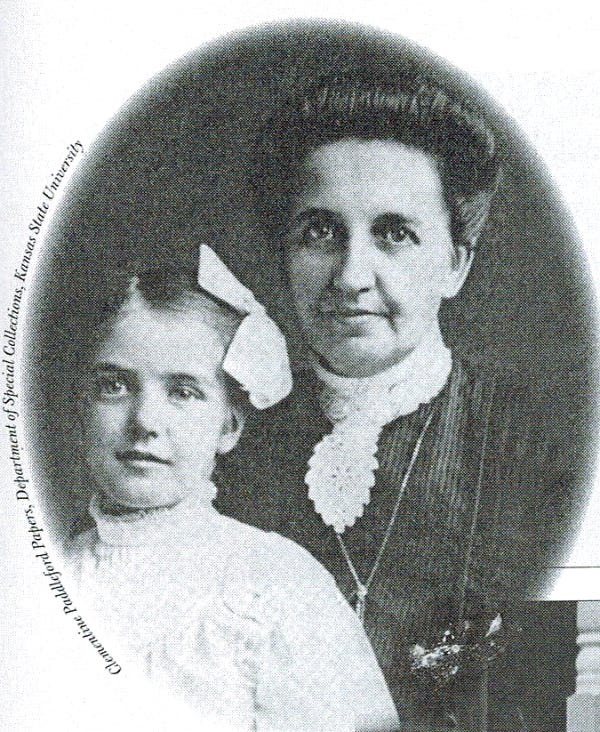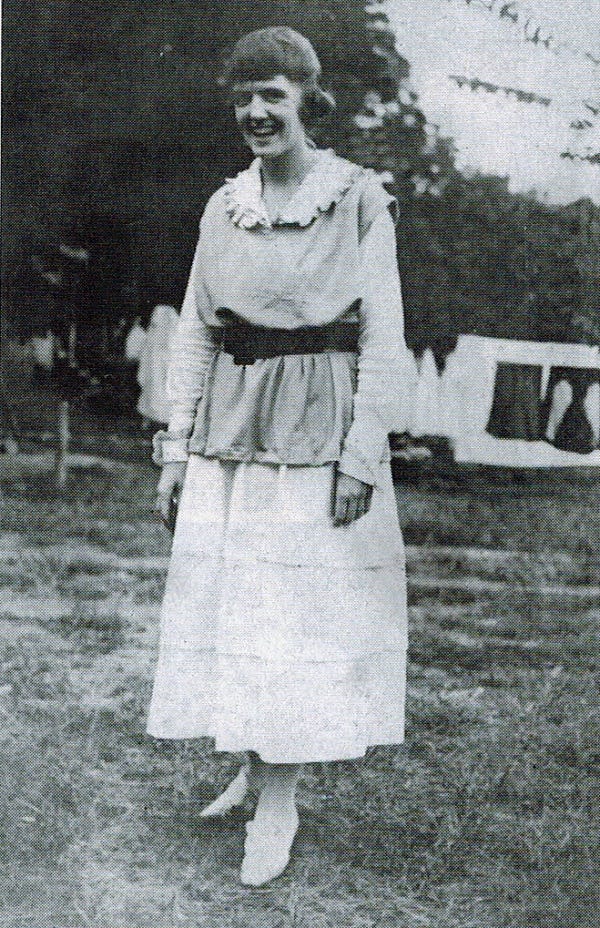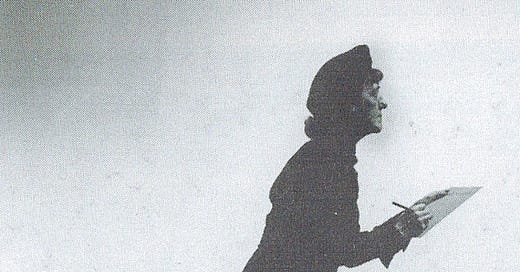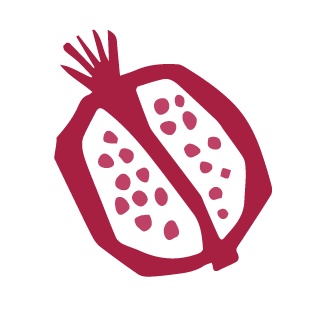Clementine Paddleford, the Trailblazing Food Writer You’ve Never Heard Of...Until Now
Part 1 of 2
If you’re like most of the American public, even the ones that write about, celebrate, and are immersed in the world of food, you likely have never heard of Clementine Paddleford. Well, let me remedy that by introducing you to this trailblazing food writer and journalist who captivated American cooks, revolutionized food writing, and introduced us to regional foods.
The Industrial Revolution
To understand Clementine’s impact on food writing, we first need to understand the food writing climate of the time. In the first several decades of the 1900’s culinary communications, were dominated by the newly recognized discipline of Home Economics. The goal of the discipline was to educate the public about nutrition, standardize culinary measurement systems, and instruct working-class women how to cook.
The social structure of the early 1900’s was impacted by the Industrial Revolution. The revolution provided for increased trade globally, laid the foundation for technological advancements, and spurred infrastructural developments and in doing so it created a migration from rural regions into urban centers. For women it created a new class - the working-class woman. This new generation of women lived in cities far removed from their mothers and grandmothers. Mothers and grandmothers who, because of lack of proximity, were no longer able to pass on the art of homemaking.
And so, in stepped the replacement motherhood of home economics and food columnists whose mission was to educate these working women by sharing facts. Just the facts. As a result, food writing was dry, authoritative, efficient and sound. Essentially, it lacked fun, joy, and personality.
But have no fear ardent food writers and readers! Our savior in the form of a mid-western-farm-girl-turned-journalist is about to take the scene.
Those Early Years

Clementine joined her father Solon Marion Paddleford, mother Jennie Stroup Romick and older brother Glenn Decatur Paddleford September 27, 1898 on their prairie farm, Blue Valley Farm, in Mill Creek, Kansas. Her early childhood was spent like most farm kids, feeding and watering animals, helping her mother around the farm house, practicing piano, and dispatching chickens for the fried chicken dinner. It was in the kitchen and at the table that Clementine’s mother, Jennie, would model an reverence toward the preparation and serving of meals that would mould Clementine’s attitude toward food. Jennie believed that in eating together life and history was shared, that hard times could be navigated, and that the table was a place of joy. There was no room for arguments, disagreements, or sorrow.
In 1915, two years after moving his family from the farm to Stockdale to manage a grocery store and post office, Solon purchased the Star Grocery Store in Manhattan, Kansas. It was in this small rural town that Clementine would embark on her writing journey. At the age of 15 she was employed by the town’s daily newspaper, the Morning Chronicle, to write local news pieces. Each morning - and by morning I mean 4 AM in the morning - she would station herself at the train depot watching the comings and goings of the town folk hoping to find “the” story that would lead the front page. One can only image the stories this young teenager envisaged as she witnessed townsfolk embarking on their day, “Mr. So-and-So just got on the train with Mrs. Banker’s-wife,” could this be the scandalous story to lead? Or was he just helping her up the steps. Hmmmm.
Her early taste of journalistic writing, an insatiable curiosity about her surroundings, and a uncompromising industriousness Clementine set her sites on a degree in journalism. She enrolled in her hometown college, Kansas State Agricultural College whose offering of an Industrial Journalism degree would set her firmly on a path to becoming a trailblazer in the world of culinary journalism.
The College Life

Though the Paddlefords would have been considered fairly well off, expenses in Manhattan, Kansas required them to take in boarders to off-set costs of living in the city. So, if Clementine was to partake in the many events that college life offered, she needed to work. And work she did - I did mention that she was industrious right? She wrote for farm magazines and state and local newspapers as a freelance writer; she was the associate editor, and in her senior year editor, of The Collegian, the college newspaper; she was the editor of the Morning Chronicle, the local newspaper; and she was a stringer for The Kansas Post, The Kansas City Star and the Topeka Daily Capitol.
She did all of this while taking her studies extremely seriously, playing on the championship women’s basketball team, squeezing in extra courses for article research purposes, attending sorority and fraternity parties, going on swimming and hiking outings, and fostering a pretty steady relationship with Lloyd David Zimmerman, an engineering student who vowed to make Clementine his wife. Spoiler alert, he did. For a while anyway.
Graduation day came on Thursday, June 2, 1921. And the next stop on her writing journey would see Clementine in the city that was the center of all newspapers in the world. With the mantra her mother had instilled in her, “don’t grow a wishbone where a backbone should be,” she boarded the train heading East, waved goodbye to Manhattan, Kansas, and hello to Manhattan, New York.
To be continued…
What Do You Think…
Please do leave a comment. We love to hear what thoughts surfaced while reading the article, or just what’s going on in your world today.
If you enjoyed this article, we hope you’ll click on the little heart ❤️ below ⬇. It really makes our hearts happy and we can tell what type of content that you like.
Next Tuesday marks the recipe episode of our exploration of Clementine Paddleford’s How America Eats. Join us as Kim share the recipes she chose to cook from the book and what she learned about the region that they came from.
If you would like to become a patron supporter, for just a few dollars, you’ll be the first to hear the podcast episodes with your early access key 🗝️, join us for Afternoon Tea, a virtual klatch to be in community, receive a discount code to use in the coming-soon AWE market, and most importantly you’ll help keep our oven lights on!
We would love to connect with you…
…on Instagram @asweeat or in our new As We Eat community on Facebook. Subscribe to the As We Eat Journal or listen to the As We Eat Podcast.
Do you have a great idea 💡 for a show topic, a recipe 🥘 that you want to share, or just say “hi”👋🏻? Send us an email at connect@asweeat.com
Looking for a unique gift idea for a birthday, anniversary, holiday, host or hostess, or just because? Consider giving a subscription to the As We Eat Journal.









